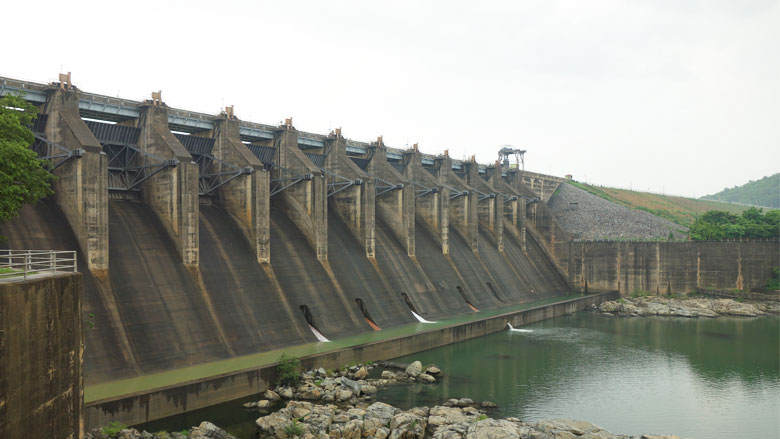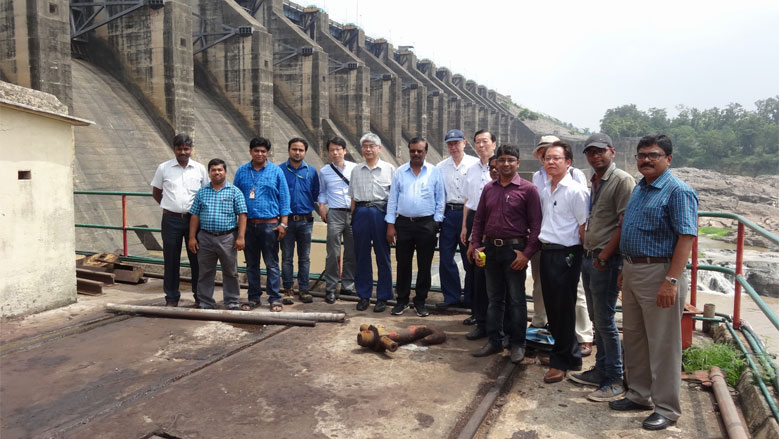In times of a changing climate, water security is a central component of long-term resilience – and dams are vital for safeguarding such security. India, with a population of more than 1 billion people, is home almost 5,000 large dams and 350 more are currently under construction. The country also has several thousand additional small dams. Each plays a part in the nation’s water regulation mechanisms for use across a multitude of economic sectors, including agriculture, energy creation, flood control, and tourism.
As water and dam security has come into focus, the Indian Government’s Central Water Commission (CWC), with assistance from the World Bank, began the Dam Rehabilitation and Improvement Project (DRIP), a six-year, US$350-million program to rehabilitate selected dams. The Japan-World Bank Program for Mainstreaming Disaster Risk Management in Developing Countries” and its implementing arm, the World Bank Tokyo Disaster Risk Management Hub, administered by Global Facility for Disaster Reduction and Recovery (GFDRR), has also played a central role in improving India’s dam safety through DRIP.
Since DRIP’s inception, one area has come into focus – that of building resilience against seismic risk. Engineers and policymakers saw that inspection, reporting, and infrastructure updates in this area are critical needs. Many of dams in India face operational and monitoring weakness, and need to establish disaster resilient operation and maintenance (O&M) procedures. These conditions affect the safety of the structures and pose risks to life and properties of people downstream of the dams. In addition, large-scale earthquakes have been recorded in the region each year.
List of recent large earthquakes in the Region
| Date | Location | Magnitude |
| January 2016 | Imphal, Manipur, India | 6.7 Mw |
| October 2015 | Afghanistan/Pakistan Border | 7.5 Mw |
| April and May 2015 | Nepal | 7.6 Mw and 7.3 Mw |



